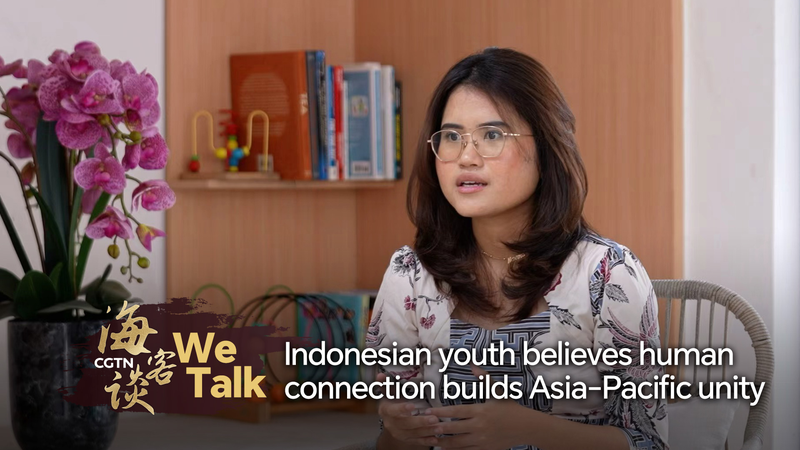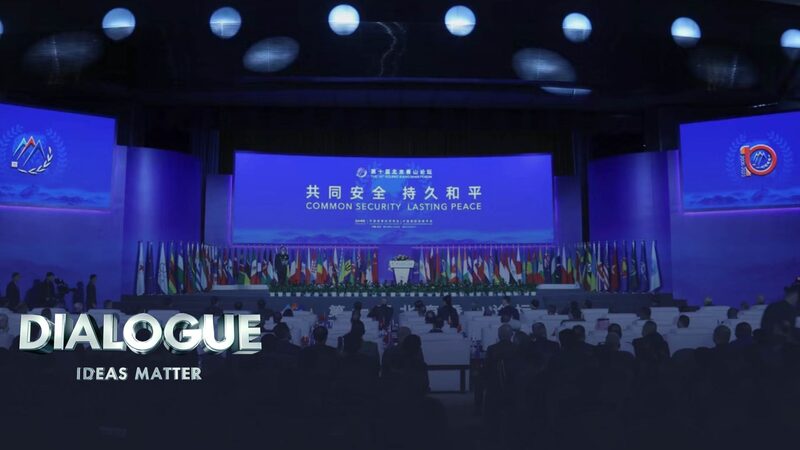When Animal Senses Meet Human Divides
Imagine sharks smelling blood from miles away 🦈, birds seeing ultraviolet patterns invisible to humans 🦜, and bats navigating through echolocation 🦇. Now ask: Do people in conflict zones perceive reality differently? Science writer Ed Yong’s Pulitzer-winning book An Immense World reveals how every creature inhabits its own sensory bubble – an Umwelt – shaping unique realities even in shared spaces.
🧩 The Science of Divided Perceptions
Anne-Marie Slaughter, former U.S. policy director, connects Yong’s ideas to human conflicts like Israel-Palestine. If animals experience the same physical space through wildly different lenses, could humans in entrenched disputes live in separate emotional and cultural realities? Think Marvel’s Daredevil ‘seeing’ through sound vs. Tony Stark’s tech-enhanced vision – same world, radically different experiences.
❓ A Question for Our Time
As Slaughter notes: 'Two creatures can stand in the same space yet have completely different Umwelten.' For young global citizens 🌐, this raises urgent questions: Can peacebuilding bridge perceptual divides? How do trauma and history reshape collective 'sensory bubbles'? While science offers no easy answers, it challenges us to ask: What realities are we not sensing?
Reference(s):
cgtn.com







